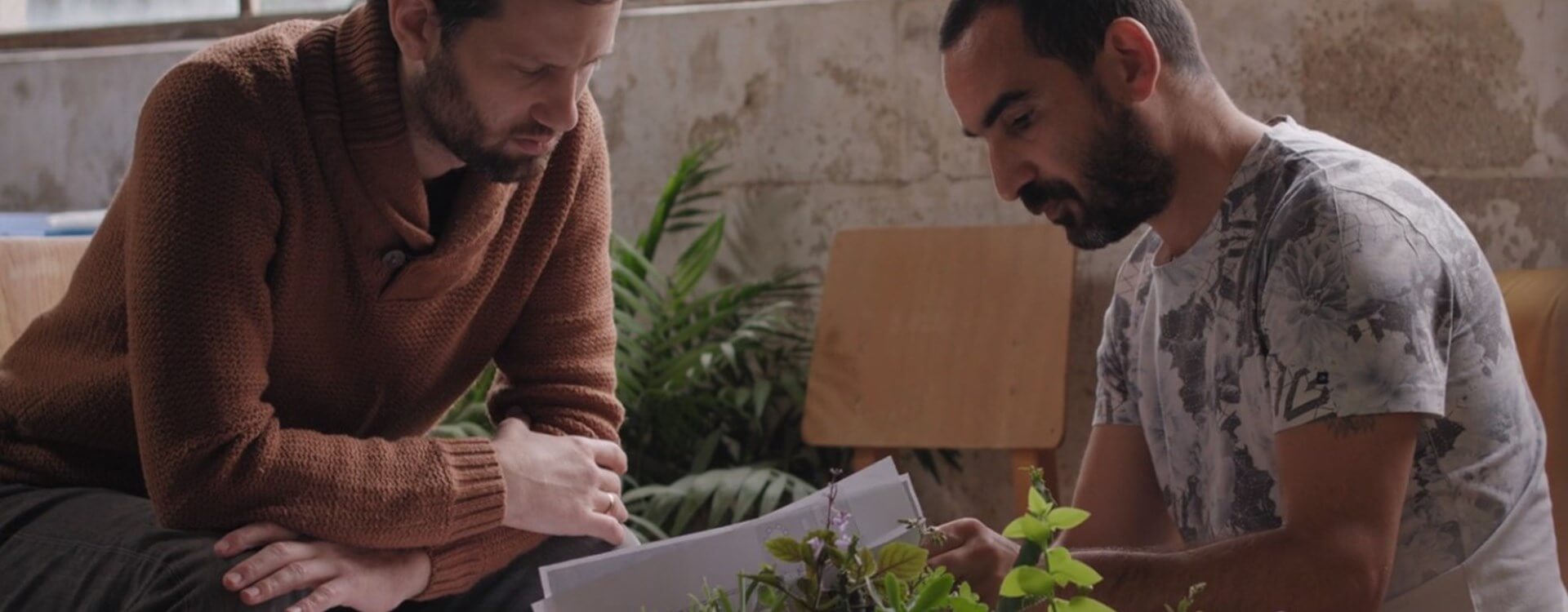Highlights
Table of Contents
Explore article topics
Imagine this: you just finished a grueling shoot that you didn’t think would come in on time or on budget. You’re assembling your final cut to send to your client when you look at a shot that makes your heart skip. You see someone who took their talent release form and promised they’d bring it back to the producer. As you check the paperwork of the other talents, it dawns on you that the document was never returned, and your entire project now hangs in jeopardy.
While this is every content creator’s nightmare, it’s absolutely avoidable if you’re willing to follow a pretty harmless procedure.
The Form
First off, what does a talent release form do? First of all, it indicates that the shoot was conducted professionally, that the talent was over 18-years old, and that the talent isn’t putting you in conflict with another project they might be involved in.
If they’re a minor, you’ll need a particular form that their parents will sign on the day of the shoot.
It allows you, as the content creator, to distribute and use the footage that has the involved talent. It takes away the talent’s ability to keep you from using them in your work. If they don’t sign it, they can sink the project by legally demanding you to remove them.
If you think this is annoying for you, it’s terrifying for clients. No one wants to get sued, and that could spell disaster for you working with clients in the future. Thankfully, this sort of thing is easily preventable if you take the necessary steps to ensure it won’t happen.
Be Prepared
First off, make sure you hire a producer who is a Jedi at making sure everything is accounted for. They say most problems arise from lousy personnel, and this problem is no exception.
If it’s self-produced, try and put all the necessary documents into a folder that you print out the day before the shoot. This will give you peace of mind that all your ducks are in a row!
The Conversation
The best time to get these forms signed is right away! If you feel awkward whipping out documents and handing them over, just know that most people will probably sign without even reading them. A few might want to give it a look over, and some will be so bold as to ask you to explain what it is that they’re signing.

It may seem like an annoyance or stress case since every moment on set is so precious. Fear not! It’s a chance to explain to them that by signing, they’re just agreeing to be a part of the project. Nice and simple. The more you treat it as standard procedure, the fewer questions arise for them as they look it over. If questions do arise, remain calm and carefully explain the document in a straightforward manner.
You can also use this as a chance to talk more about the project, such as when they can expect a final cut. This will foster a spirit of collaboration and let them know that they’re participating in something rather than being used.
Pro tip: as annoying as it can be to explain this, the more lighthearted you can be, the better. It’ll yield more trust between you and the talent that hopefully spills over into the actual filming.
Filming Notices
Some of you might be asking, “But, if I have a filming notice, won’t that cover me as well?”
A filming notice (also known as a “crowd release”) is crucial when you’re shooting in a very public space with a lot of people coming in and out of the shot. With those types of shoots, it’s impossible to chase everyone down and ask them to sign up to be a part of your project.
Having a filming notice displayed around the perimeter is your fail-safe in these situations. It’s a way to tell anyone who walks in and out of your shot that they agree to be in it if they ignore the sign. These notices come in handy, especially in outdoor environments where you want people to populate the scene.
To get one of these permits, you’ll need to check with a local filming office and pay the necessary fees. If it isn’t sanctioned by the jurisdiction you shoot in, you’re not protected in the event someone wants to sink your project.
The notice will have to be prominently displayed around the perimeter of your shoot. You’ll want to put up the forms a few days beforehand to give the locals a heads up that shooting will take place. It’s respectful to them and ensures you have fewer hiccups when the actual shooting begins.
However, what a filming notice doesn’t do is cover you for your leading talent. A speaking talent will not be considered background, and these people can have leverage if you forget to have their signatures on the dotted line.
Get unlimited royalty-free 4K footage
Where to Get a Talent Release Form
As productions have grown, there are many websites where you can find free release forms for download. Beware, laws can vary between states, and just because you download a “release form” doesn’t mean it’s enforceable where you’re shooting it. Make sure to give the form a once over, and if necessary, have a lawyer look over it to make sure all your bases are covered.

After having a lawyer sign off, keep your forms organized and in the same template. You’ll want them secured in one place throughout the shoot, so you avoid the headache described at the beginning.
But what if you do find yourself in such a predicament? What do you do then?
Rescuing Your Project
If you find yourself in such a predicament, take a minute to catch your breath. All is not lost. Most likely, the talent will be embarrassed to have forgotten it as much as you are! Simply reach out to them and ask that they sign and send a scanned copy or picture of their signature on the document.
If they don’t have it, send it over and have them print it out. As mentioned before, the talent can either take a picture of the signed document or scan it. Some clients will ask for a photo of the talent holding the form but only request this if needed.
And most important: remain calm. The talent never needs to know the nerves you’re having at this last-minute moment for your project. Keep up the easygoing demeanor, but make sure you get the document right away. The last thing you need is a client finding out you forgot this step, which will hurt your reputation in the future.
Conclusion
Talent release forms are peace of mind if you follow the necessary steps. Be well prepared beforehand and make sure you have the right documents, to begin with. Involve your talent by making them feel a part of the project rather than patients in a doctor’s office. Once signed, stow the forms away securely and well organized. A filming notice is your friend, but only an additional component for the background. Becoming an ace with talent release forms will keep you from sweating the details and keep your attention where it belongs: making your project the best it can possibly be.
Jessica Peterson is a travel and documentary filmmaker with a background in journalism and marketing. She runs Purple Noon Productions from sunny Los Angeles. She has 20 years of experience producing content in 114 cities and 25 countries. In 2016, she directed and produced her own documentary about her then-home of Guam. Her clients include CNN, United Airlines, Southwest Airlines, Matador Network, and Tastemade.
Share this article
Did you find this article useful?
Related Posts
- By Josh Edwards
- 13 MIN READ
- By Jessica Peterson
- 20 MIN READ
- By Jonathan Mateer
- 7 MIN READ
Latest Posts
- 25 Apr
- By Josh Edwards
- 4 MIN READ
